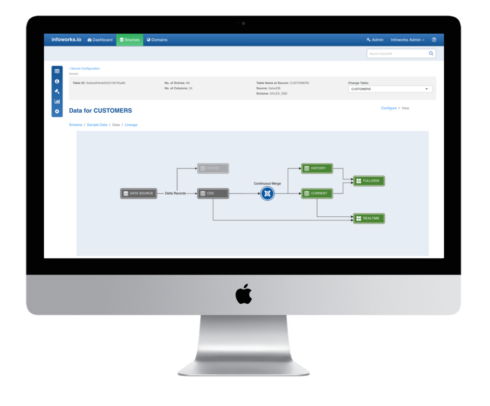
Infoworks today announced the release of version 5.0 of its software solution for automated cloud migration and enterprise data operations. With this release, Infoworks’ ability to assist organizations in leveraging their data assets and migrate data workloads has been enhanced.
In order to do this, the release includes
- simplification and deep automation of data migration to the cloud from on-premises enterprise data warehouses and Hadoop
- automated migration of legacy data workloads
- over 200 data source connectors to onboard and consolidate data from common enterprise and cloud data sources, and a unified console to design
- deploy, and orchestrate data and data workloads across multiple data lakes, and cloud data warehouses in hybrid cloud environments.
Microsoft updates Azure REST API guidelines
Microsoft recently released major updates to its Azure REST API guidelines. This will help to drive greater consistency across the portfolio of Azure service APIs. This new level of consistency will benefit users that access Azure services through the REST APIs as well as users of Azure SDKs and Azure CLI.
The updated guidelines can serve as a reference when designing any REST API, with a focus on cloud-based applications and services. The new guidelines will help users: create more durable APIs, accelerate development, and yield cleaner, more consistent SDKs, whether the user is updating their existing API or creating a new one.
For more information on the updated guidelines, visit here.
NowSecure announces EAP for its bill of materials for mobile apps tool
NowSecure announced an early access program for the NowSecure Platform Software Bill of Materials (SBOM). With this, organizations can now gain visibility into the more important components of any mobile app running on iOS or Android.
With the NowSecure Platform SBOM tool, organizations gain visibility into four aspects of the mobile apps they build and use. This allows users to better understand certain supply chain risks.
The aspects that the platform focuses on include:
- the list of first-party and third party libraries and frameworks identified as transitive dependencies in the compiled mobile app binary
- the licenses relevant to each component of the app
- the list of endpoints and geolocation information for detected data transmission found during dynamic analysis
- a summary of security vulnerabilities detected while analyzing the app to generate the SBOM.






